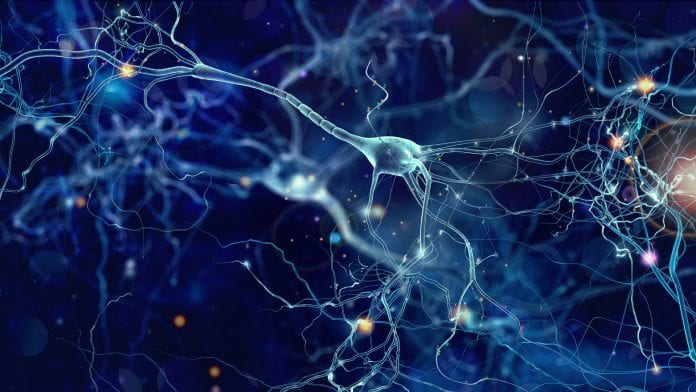
New research has identified a treatment candidate that has been shown to successfully halt neurodegenerative symptoms in mouse models of dementia and Alzheimer’s disease and reverse the effects of the disorders.
The team, from the Tohoku University, discovered the disease-modifying therapeutic candidate – SAK3 – which, in the studies, was found to rescue neurons in most protein-misfolding, neurodegenerative diseases.
The treatment candidate has been declared safe by Japan’s governing board, and the researchers plan to begin clinical trials in humans in the next year. The results have been published in the International Journal of Molecular Sciences.
SAK3 model
In a previous study, the team found that the SAK3 molecule helped to improve memory and learning in a mouse model of Alzheimer’s disease. SAK3 enhances the function of a cell membrane channel thereby promoting neuronal activity in the brain.
Typically, SAK3 promotes neurotransmitter releases of acetylcholine and dopamine that are significantly reduced in Alzheimer’s disease and Lewy body dementia.
The Ca2+ channel – of which SAK3 is the base structure – enhancement is thought to trigger a change from resting to active in neuronal activity. When the Ca2+ channel is dysregulated in the brain, the acetylcholine and dopamine releases are reduced. The result is a dysregulated system that a person experiences as cognitive confusion and unco-ordinated motor function.
Author Kohji Fukunaga, professor emeritus in Tohoku University’s Graduate School of Pharmaceutical Sciences, said: “There are currently no disease-modifying therapeutics for neurodegenerative disorders such as Alzheimer’s disease, Lewy body dementia, Huntington disease, and frontotemporal dementia in the world.
“We discovered the novel, disease-modifying therapeutic candidate SAK3, which, in our studies, rescued neurons in most protein-misfolding, neurodegenerative diseases.”
SAK3 directly binds to the subunit of this channel, resulting in the enhancement of neurotransmission thereby improving cognitive deficits. The researchers found that the same process also appeared to work in a mouse model of Lewy body dementia, which is characterised by a build-up of proteins known as Lewy bodies.
“Even after the onset of cognitive impairment, SAK3 administration significantly prevented the progression of neurodegenerative behaviours in both motor dysfunction and cognition,” Fukunaga said.
According to Fukunaga, SAK3 helps destroy amyloid plaque – at least in mice.
Misfolded alpha-synuclein
The team highlight that SAK3 also helps manage the destruction of misfolded alpha-synuclein.
Normal alpha-synuclein helps regulate neurotransmitter transmission in the brain, and can aggregate, contributing to what researchers suspect may be an underlying cause of neurodegenerative symptoms, and may also lead to the loss of dopamine neurons.
“We found that chronic administration of SAK3 significantly inhibited the accumulation of alpha-synuclein in the mice,” Fukunaga said, noting that the mice received a daily oral dose of SAK3.
“SAK3 is the first compound targeting this regulatory activity in neurodegenerative disorders. SAK3 administration promotes the destruction of misfolded proteins, meaning the therapeutic has the potential to solve the problems of diverse protein misfolding diseases such as Parkinson’s disease, Lewy body dementia and Huntington disease, in addition to Alzheimer’s disease.”






















